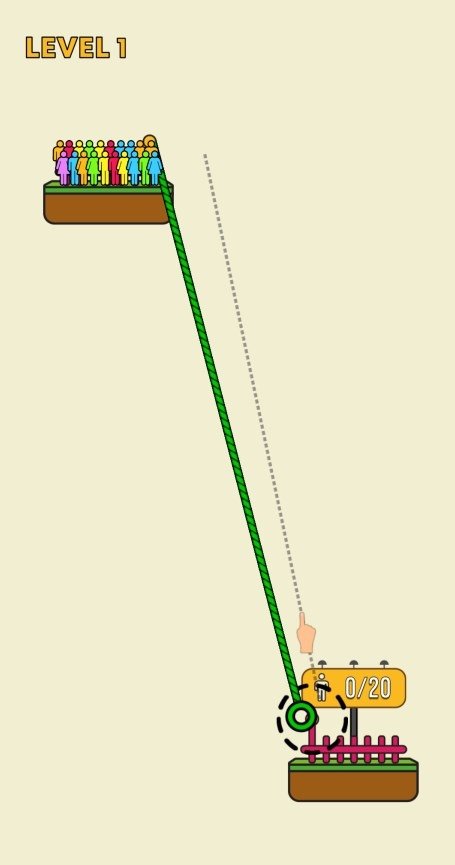

There are two basic ways to resist these forces. As soon as the point is outside the footprint, establish elements that resist the forces being applied. The point where this imaginary line hits the ground must be within the footprint or additional rigging is needed. The resultant would then be a line of force that goes from the pulley to the ground at a 30-degree angle. The interior angle created by the section of the rope coming in and the section of the rope going out of the pulley is 60 degrees. The rope travels up to a pulley at the top of the tripod and redirects down into a manhole at the center of the tripod footprint.

To better see this, envision a rope that is attached to a lower/haul system some distance behind the tripod. The resultant that we are looking for is the imaginary linear force that bisects this angle. Without going into all of the equations, formulas and coefficients, the lines coming in and out of the pulley at the top of the portable anchor create an interior angle. This mathematical term describes the magnitude, force and vectors. This all depends upon the next essential theory. However, pulling laterally on the system instead of straight down, may create instability in the tripod and topple it in the direction of the pull. If we then hang a simple system (4:1/5:1) from the tripod and haul or lower by pulling straight down, the resultant force will be directed straight down to the center of the footprint. Setting up a tripod with all legs equal lengths on flat ground, gives a simple pyramid having a triangular foot print with the center top point of the tripod is dead center above the footprint. In field terms, this is easiest to understand with a tripod. The more centralized the resultant forces are within the footprint, the more stable and equalized the anchor. The footprint is essential because the forces that are eventually applied to the portable anchors must be translated to resultant forces within the footprints. When using a monopod, the footprint is simply a point directly under the one foot. If using a bipod, the footprint becomes a line between the two feet.


 0 kommentar(er)
0 kommentar(er)
